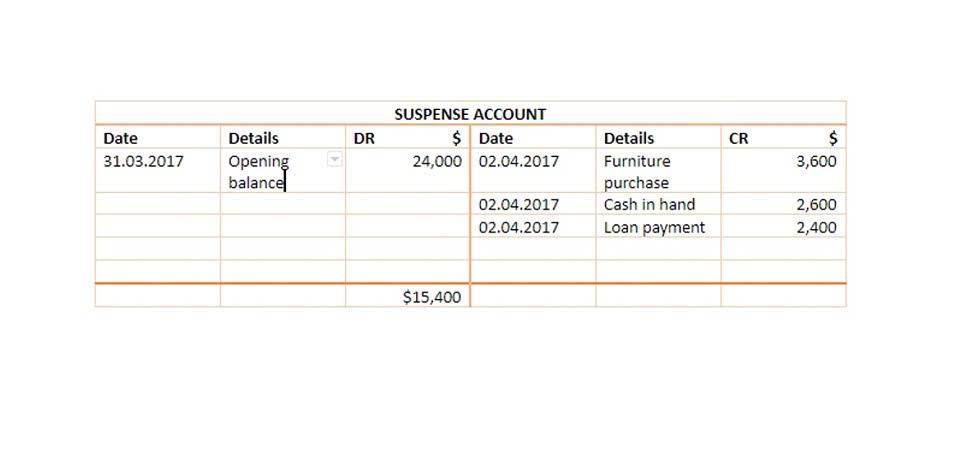
If you are a business owner, then you know that it is important to keep track of your credit sales. Recording credit sales in a journal entry is simple and can be done in just a few steps. In this blog post, we will go over the steps for recording a credit sale in your journal and how to properly account for it. If you have accounting software or a bookkeeper, you may not be making these entries yourself.
Instead, you collect sales tax at the time of purchase, and you make payments to the government quarterly or monthly, depending on your state and local rules. Whether you are using the cash or accrual method of accounting, it is important to reconcile your books. how to record a credit sale Reconciling your books uses the bank statements to confirm what transactions, both credits and debits, have posted to the account. You can confirm that the amounts are correct and determine outstanding issues such as checks not cashed and deposits in transit.
How to survive credit sale in small scale businesses.
A sales credit journal entry is made when goods are sold on credit rather than for cash. In order to record a sales credit journal entry, businesses need to have an understanding of accrual accounting. This accounting method records revenue when it is earned, regardless of when the cash is received. This means that businesses need to track both Accounts Receivable and Accounts Payable to correctly record revenue and expenses.
- To create the sales journal entry, debit your Accounts Receivable account for $240 and credit your Revenue account for $240.
- The sales credit journal entry should include the date of the sale, the customer’s name, the amount of the sale and the Accounts Receivable amount.
- The company added news programming in 1991 and is now one of Baltimore’s top television stations.
- WBFF-TV began as a UHF channel in 1971 and focused in part on children’s programming with morning and afternoon cartoons during the “Captain Chesapeake” show.
- Once payment is made, the debt record is cleared, and the income is included as revenue.
- “I think the paper can be hugely profitable and successful and serve a greater public interest over time.
A sales journal entry is a bookkeeping record of any sale made to a customer. You use accounting entries to show that your customer paid you money and your revenue increased. According to FreshBooks, to properly record credit sales, businesses must record the bad debt expense from uncollectible accounts receivable in the period when the credit sales occur. The bad debt expense is debited as part of the overall cost of making the credit sales, and the allowance for doubtful accounts is credited as a reduction to the total amount of accounts receivable.
Are there any other benefits to offering Credit Sales?
The gross credit sales metric neglects any reductions from customer returns, discounts, and allowances, whereas net credit sales adjust for all of those factors. This is a fundamental aspect of bookkeeping and accounting, and understanding the debits and credits involved is vital as an accountant. Realistically, the transaction total won’t all be revenue for your business. Technology can markedly simplify the management of credit sales, making the process more streamlined, secure, and user-centric. Companies can offer self-service options for customers to view their outstanding dues, process payments, and review their payment history.
If you are unable to see the option to terminate an employee on your list of active employees on the company payroll, this mostly implies that they have some history. Thus, if you change the employee status instead of deleting it on QuickBooks, the profile and pay records remain in your accounting database without any data loss in your tax payments. There are also services geared to landlords that offer rent reporting for tenants, including ClearNow, Esusu and PayYourRent. Landlords usually shoulder the cost of these programs, but there may be processing fees depending on how you make your rent payments. Payment performance of customers’ is the average time the customers take to actually pay their bills irrespective of the outstanding balance on the statement date. This helps in identifying the customers with a poor track record and accordingly action.
A Credit Manager’s Role in Resurrecting Dead Deals
But when the customer finally pays off the $1,000 bill, you need to zero out that receivable. When the business receives payment from the customer for the $1,000 receivable, the business records a journal entry like that shown. Credit Terms indicate the payment terms of a sales transaction, like when the payment is due, any discounts offered, and any interest or fees charged in case of late payment. Once the cash is received, the account receivable created is reversed in the books of accounts of the seller. If your sales returns and allowances account is high compared to your revenue account, you may be offering too many discounts or have a product quality issue. To record a returned item, you’ll use the sales returns and allowances account.

A sales credit journal entry is typically used when a business ships merchandise to a customer who hasn’t yet paid for it. For example, let’s say you run a furniture store and sell a couch to a customer on credit. A credit sales transaction is recorded as a typical sales transaction in the books of accounts, but instead of recording cash, an account receivable against the customer is booked. Businesses sometimes make credit sales knowing that some accounts may eventually become uncollectible. In the period when the credit sales occur, companies may estimate the amount of potential losses from the credit sales based on past experience and current customer credit evaluation. The estimated losses are recorded in “allowance for doubtful accounts,” a negative account to accounts receivable.
What are Credit Sales?
Sales journal entries should also reflect changes to accounts such as Cost of Goods Sold, Inventory, and Sales Tax Payable accounts. We hope that now you understand that a sales credit journal entry is an important accounting activity that documents the cancellation of a sale, frequently as a result of returns, refunds, or allowances. By reporting revisions to income and accounts receivable, it ensures transparency and complies with accounting rules, assisting in maintaining accurate financial records.



























